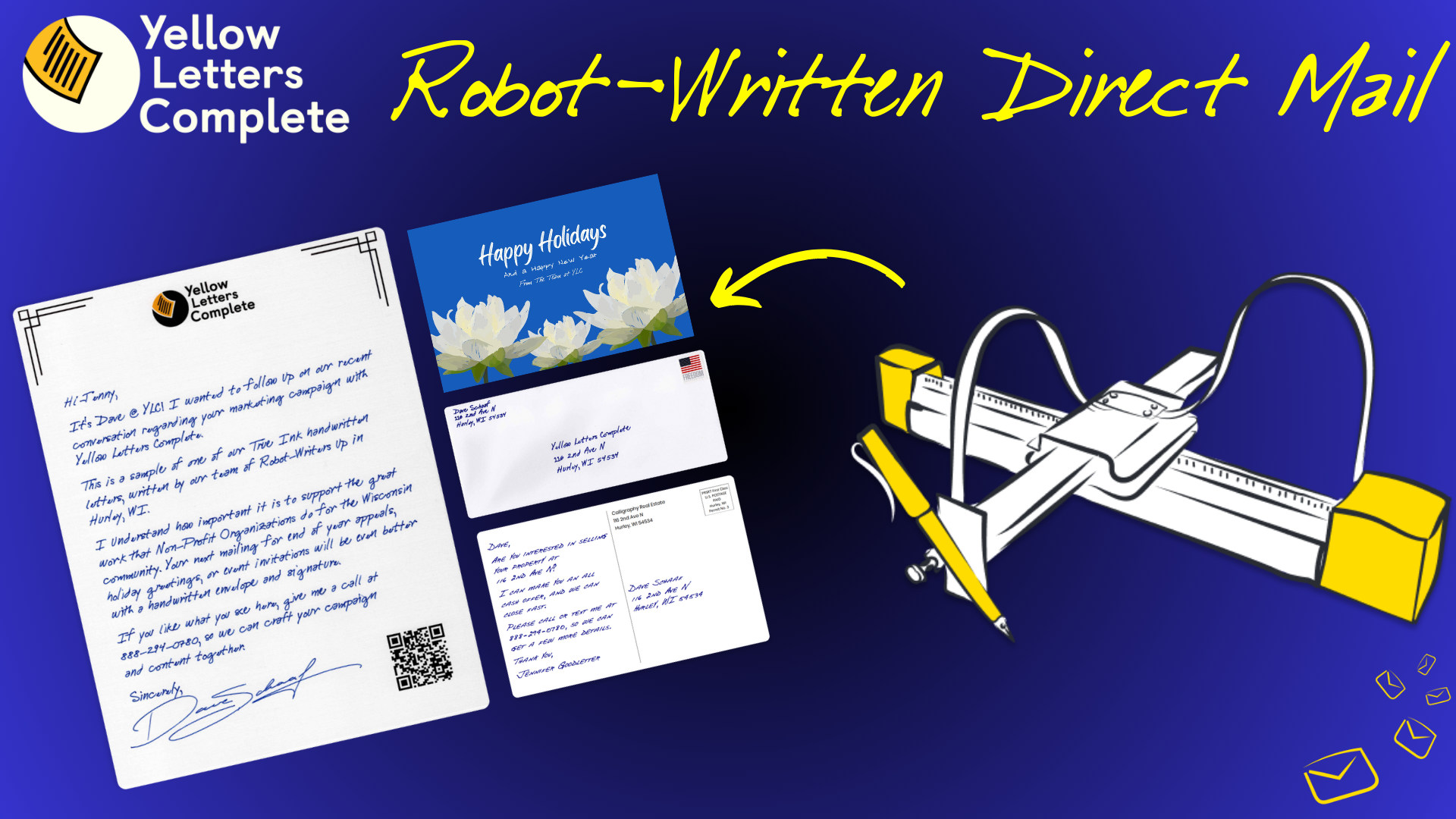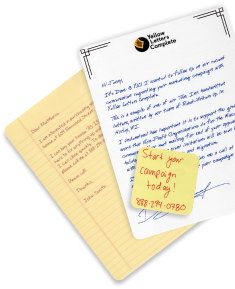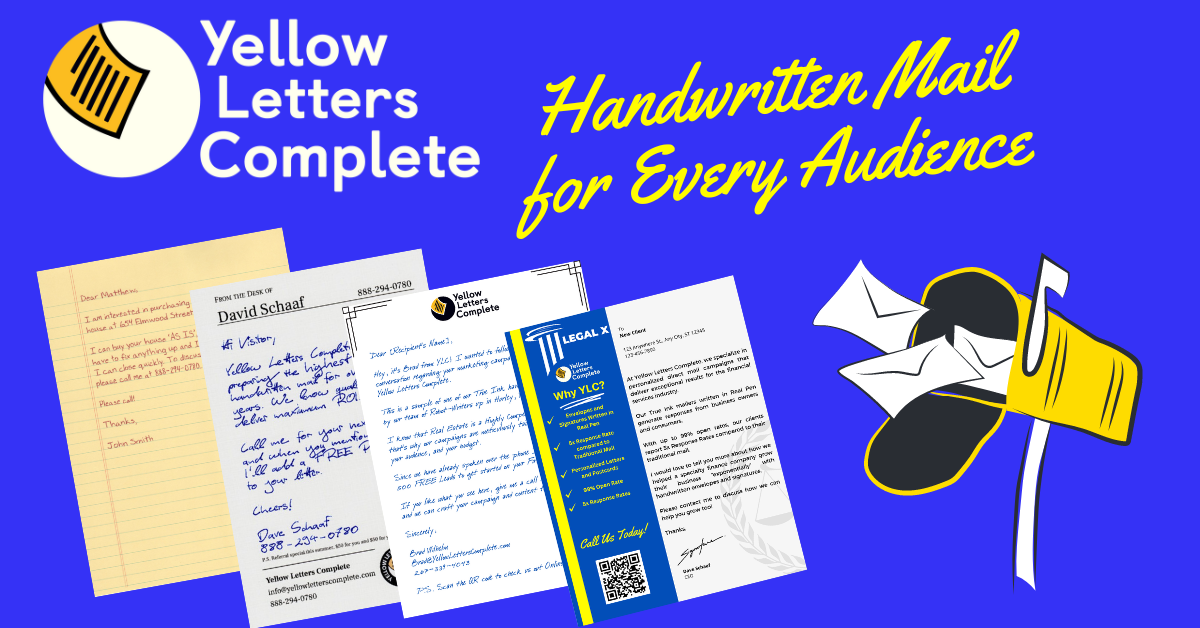Direct mail marketing has been a trusted method of reaching customers for decades. However, in today’s digital age, personalization is the key to standing out in a crowded mailbox. In this blog post, we will explore the art of personalized direct mail, discussing the strategies and benefits of tailoring your marketing efforts to individual recipients.
1. Understanding Personalization: Personalization goes beyond simply addressing the recipient by their first name. It involves understanding their preferences, behaviors, and needs. The more you know about your target audience, the better you can craft a personalized message.
2. Data Collection and Segmentation: Effective personalization starts with data collection. Gather information about your audience, such as their purchase history, location, and interests. Segment your audience into smaller groups based on shared characteristics to create targeted campaigns.
3. Tailoring the Message: Craft your message to resonate with each segment of your audience. Highlight how your product or service can address their specific needs or pain points. Use language and tone that align with their preferences.
4. Dynamic Content: Consider using variable data printing (VDP) to create dynamic content. This allows you to customize images, offers, and even testimonials based on the recipient’s profile. Dynamic content significantly boosts engagement.
5. Personalized Offers: Create unique offers or discounts for different segments of your audience. Tailor these offers based on purchase history or browsing behavior to increase the likelihood of conversion.
6. Storytelling with Relevance: Share customer success stories that are relevant to the recipient’s situation. This creates a connection and demonstrates the real-world benefits of your product or service.
7. Handwritten Elements: Incorporate handwritten elements to add a personal touch. Handwritten notes or signatures convey authenticity and show that you’ve taken the time to connect on a personal level.
8. Test and Optimize: Continuously test different personalization strategies to see what resonates best with your audience. Analyze response rates and adjust your campaigns accordingly.
9. Privacy and Consent: Always respect privacy regulations and obtain proper consent for data usage. Transparency in data handling builds trust with your audience.
10. Measurement and Analytics: Use tracking tools to measure the effectiveness of your personalized campaigns. Monitor open rates, click-through rates, and conversion rates to gauge success.
Personalized direct mail is a powerful tool for modern marketers. By leveraging data, tailoring your message, and incorporating personalized elements, you can create engaging campaigns that resonate with your audience on a personal level. Embrace the art of personalized direct mail to drive better results and strengthen customer relationships.









